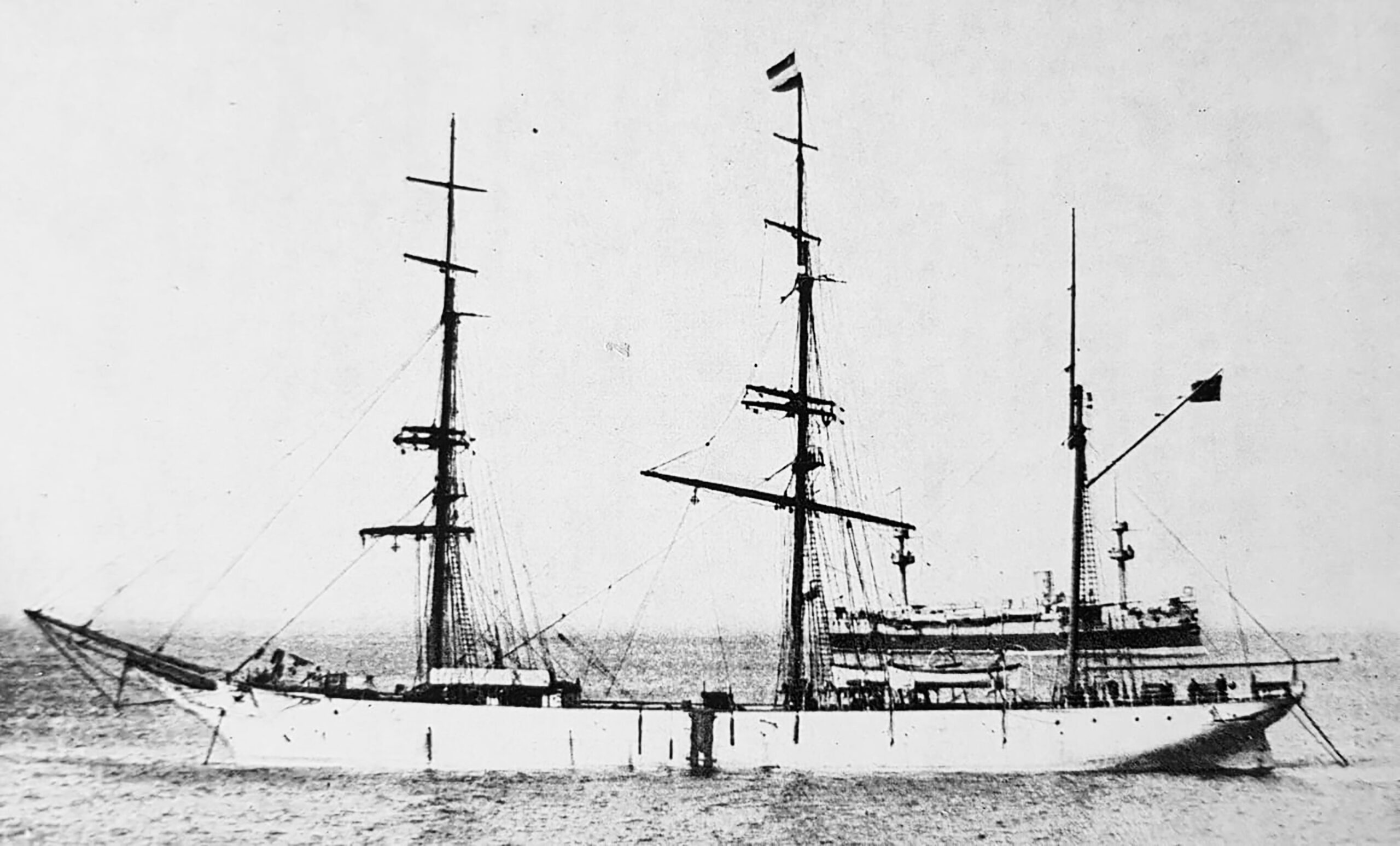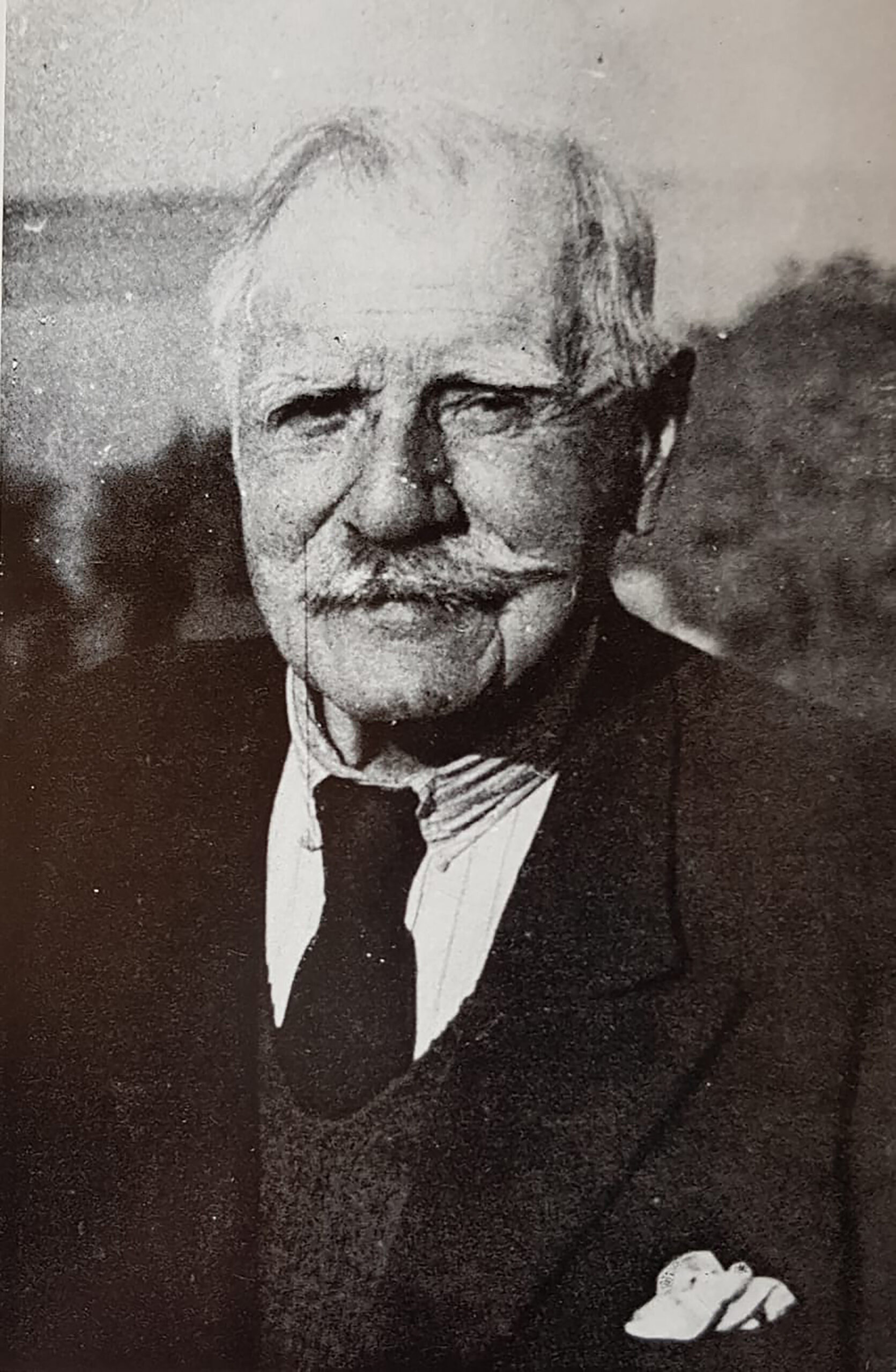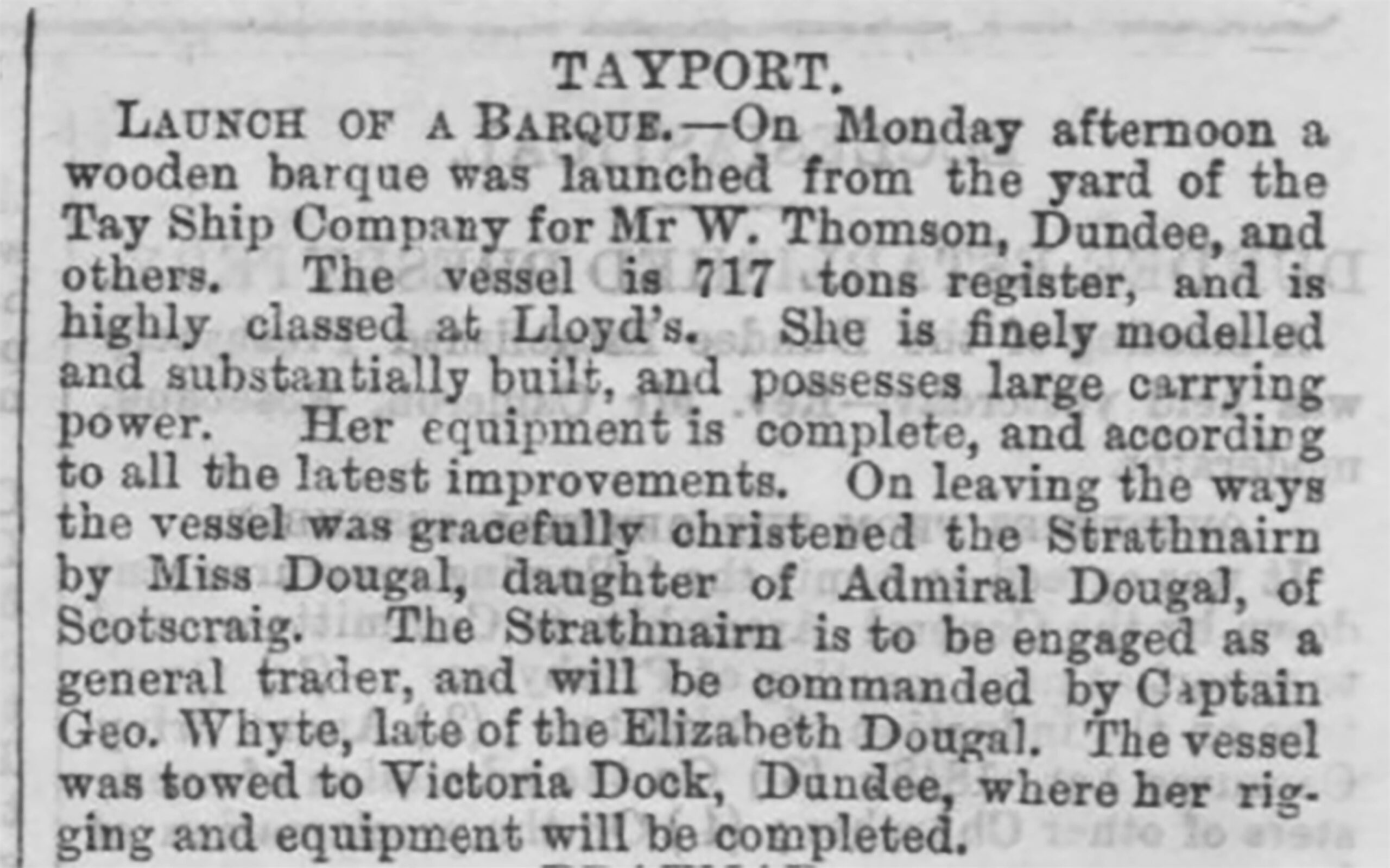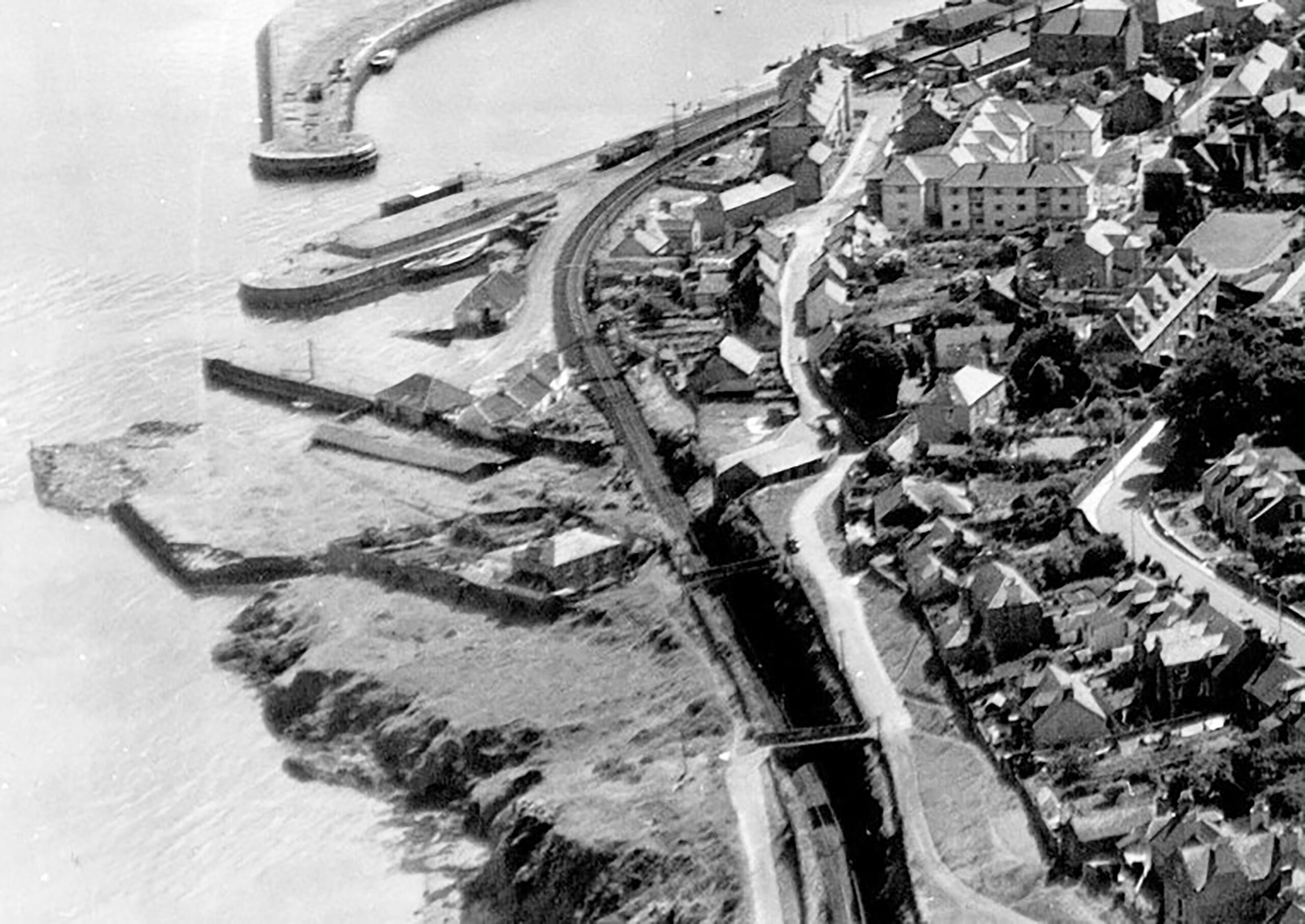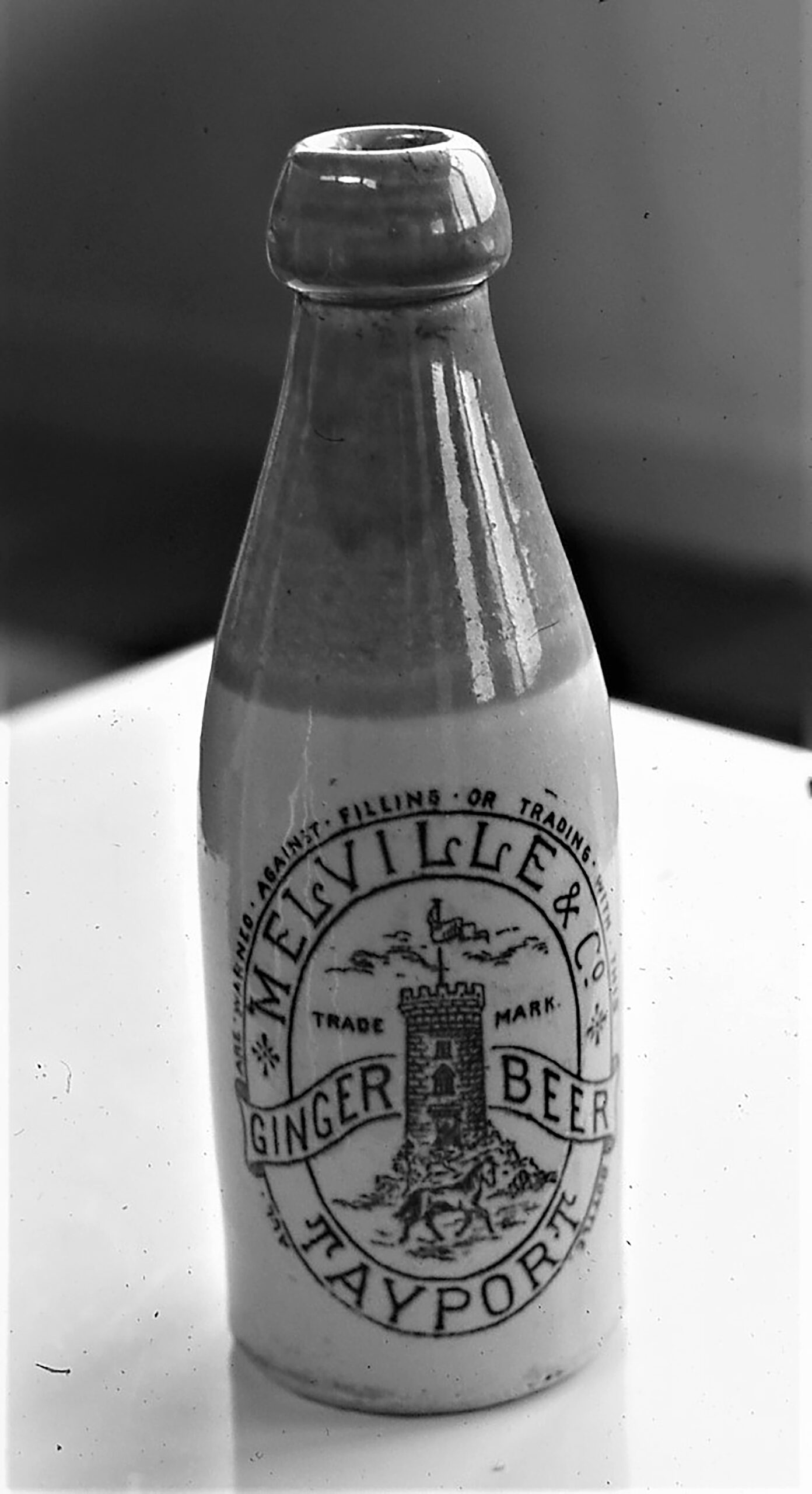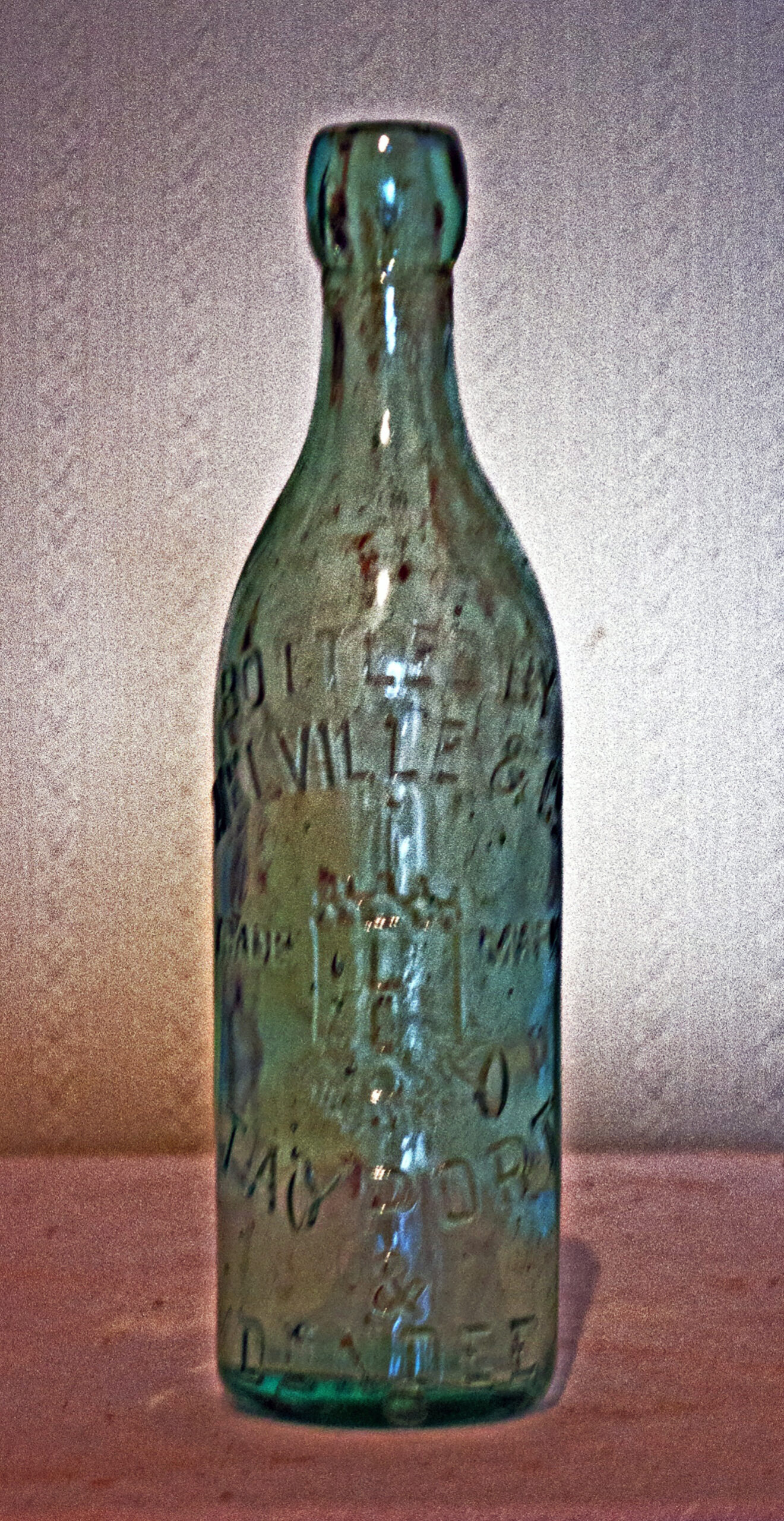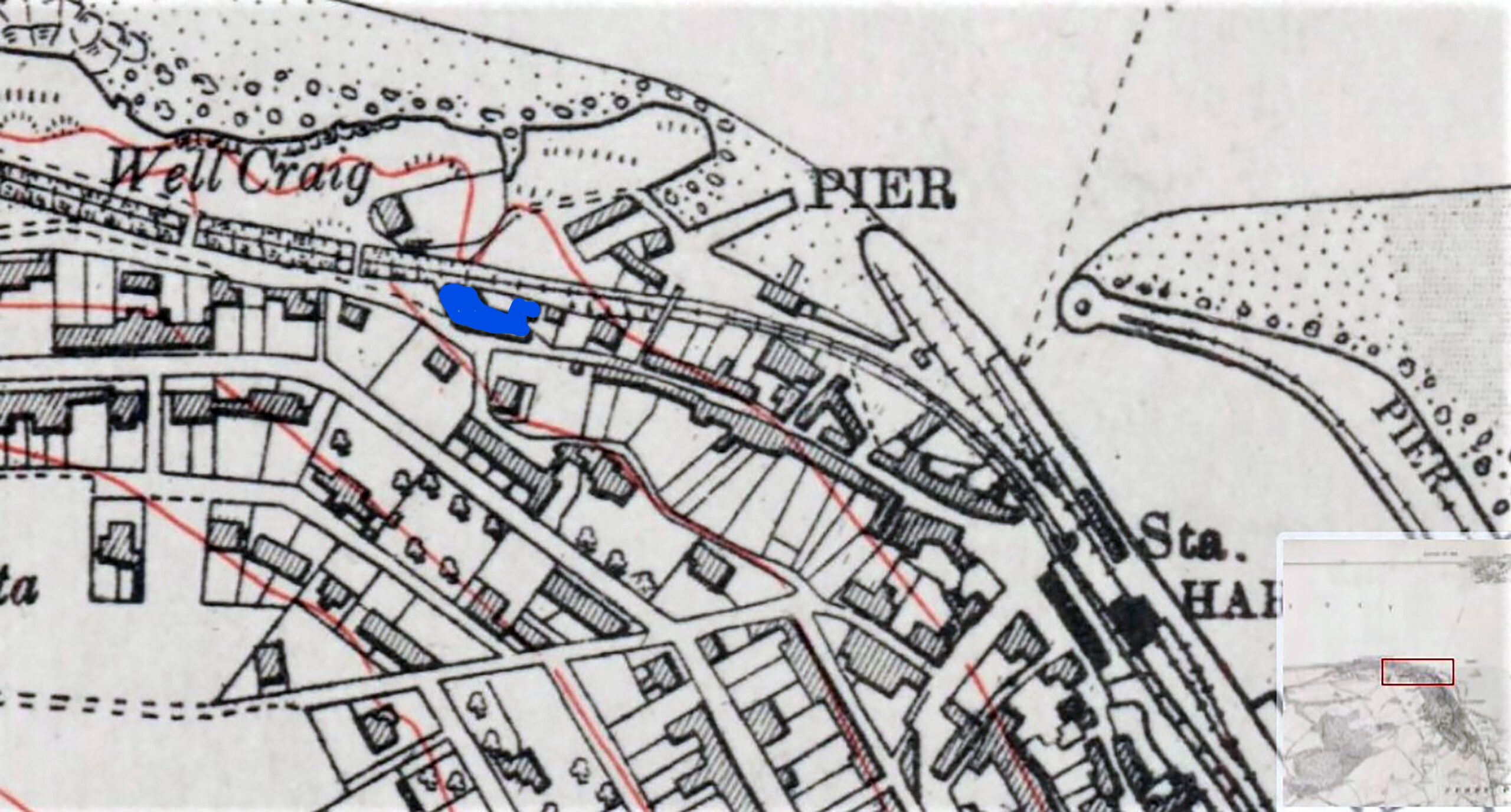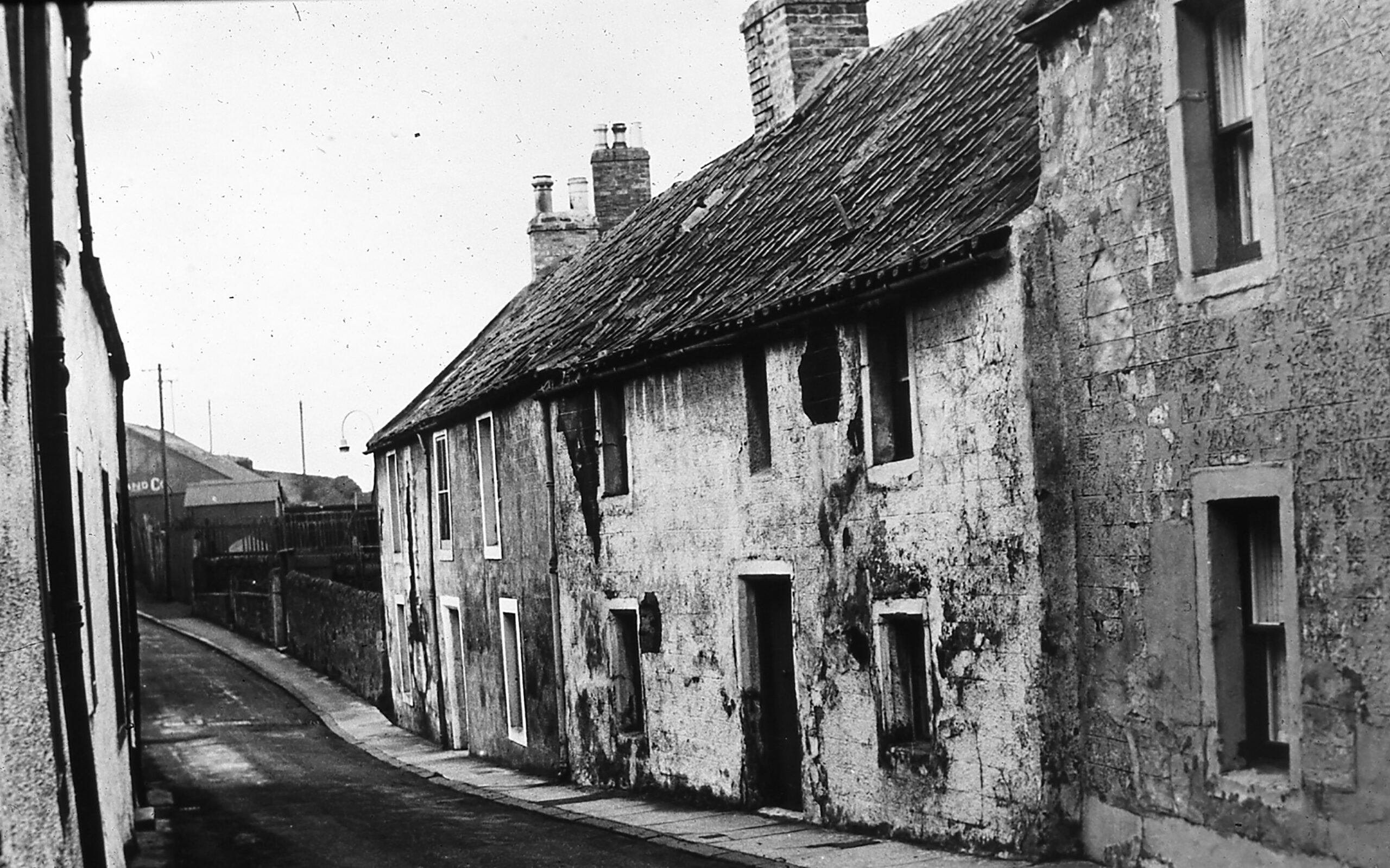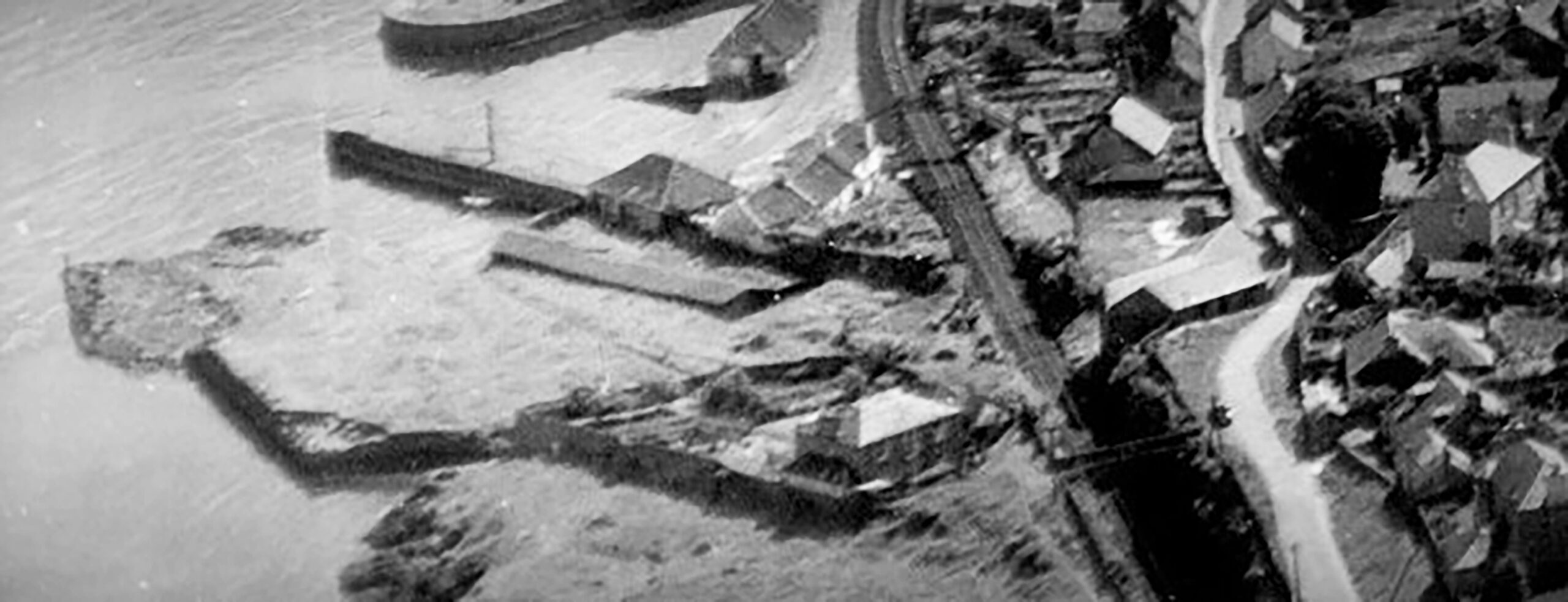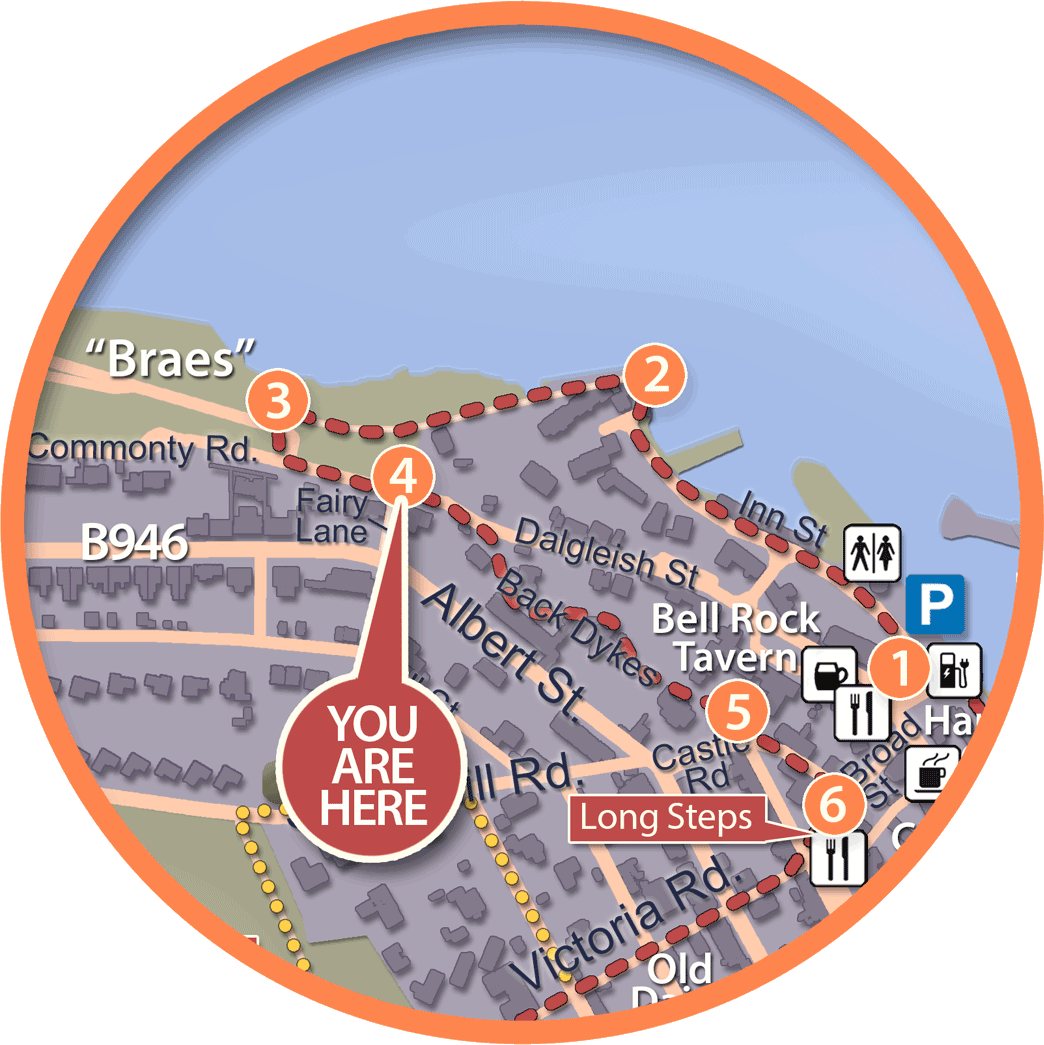The records show that Tayport sent forth many seafarers and, with its air of quiet prosperity and solidity, attracted many others when their seafaring days were over…the cemetery at Tayport is an interesting place, for here many an old sailor of both sail and steam has made his last landfall. One such seafarer was renowned Tayport mariner, Captain John Pearson. Captain Pearson was born at Falkirk in 1864 but moved to Tayport at an early age. In 1879, he joined the Earl Dalhousie as an apprentice under the command of Captain David Jarvis of Tayport. Between 1875 and 1879 the Earl Dalhousie had made three successive voyages to Sydney, Australia with emigrants, the outward passages all being over 100 days. Twice the Earl Dalhousie loaded coal cargoes in Sydney and once in Newcastle N.S.W. and took them to San Francisco, taking around 60 days for this leg on each occasion. Her homeward voyages from San Francisco all exceeded 120 days. Captain Pearson completed his apprenticeship in 1883 on the 828 ton Arctic which was the largest auxiliary steam whaling barque ever built in Britain. He also sailed to the Arctic as mate on the Terra Nova at the age of 28 prior to getting his first command, the 958 ton barque Glenogle. He subsequently named his cottage (situated opposite the heritage panel) after this vessel.
In 1923 Captain Pearson and his ketch Rosie sailed for the Davis Straits with stores for trading stations. On one occasion Captain Pearson gave passage back to Tayport, a young Inuit called Nowyavve, who lived with the Pearson family prior to travelling on to London. Visits to Tayport by Inuit travellers was not uncommon. For example, in 1925 Tayport Violet Football Club held a successful concert in the Temperance Hall when “Noweybek, the Eskimo presently residing in Tayport, delighted the audience with Eskimo songs and selections on the melodeon”.

